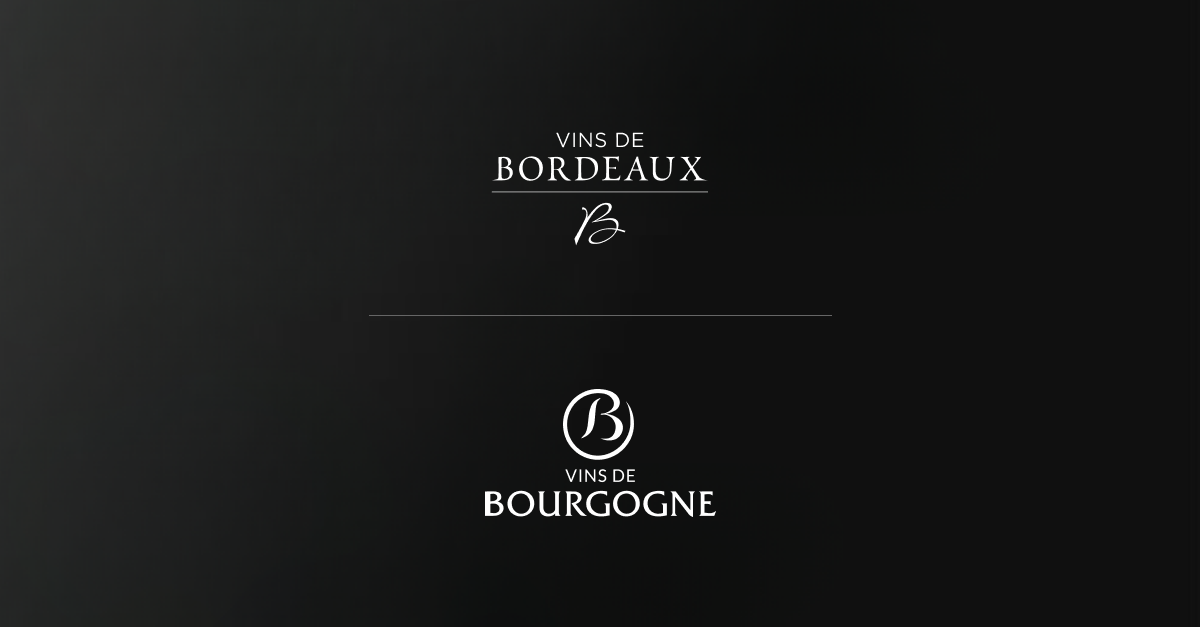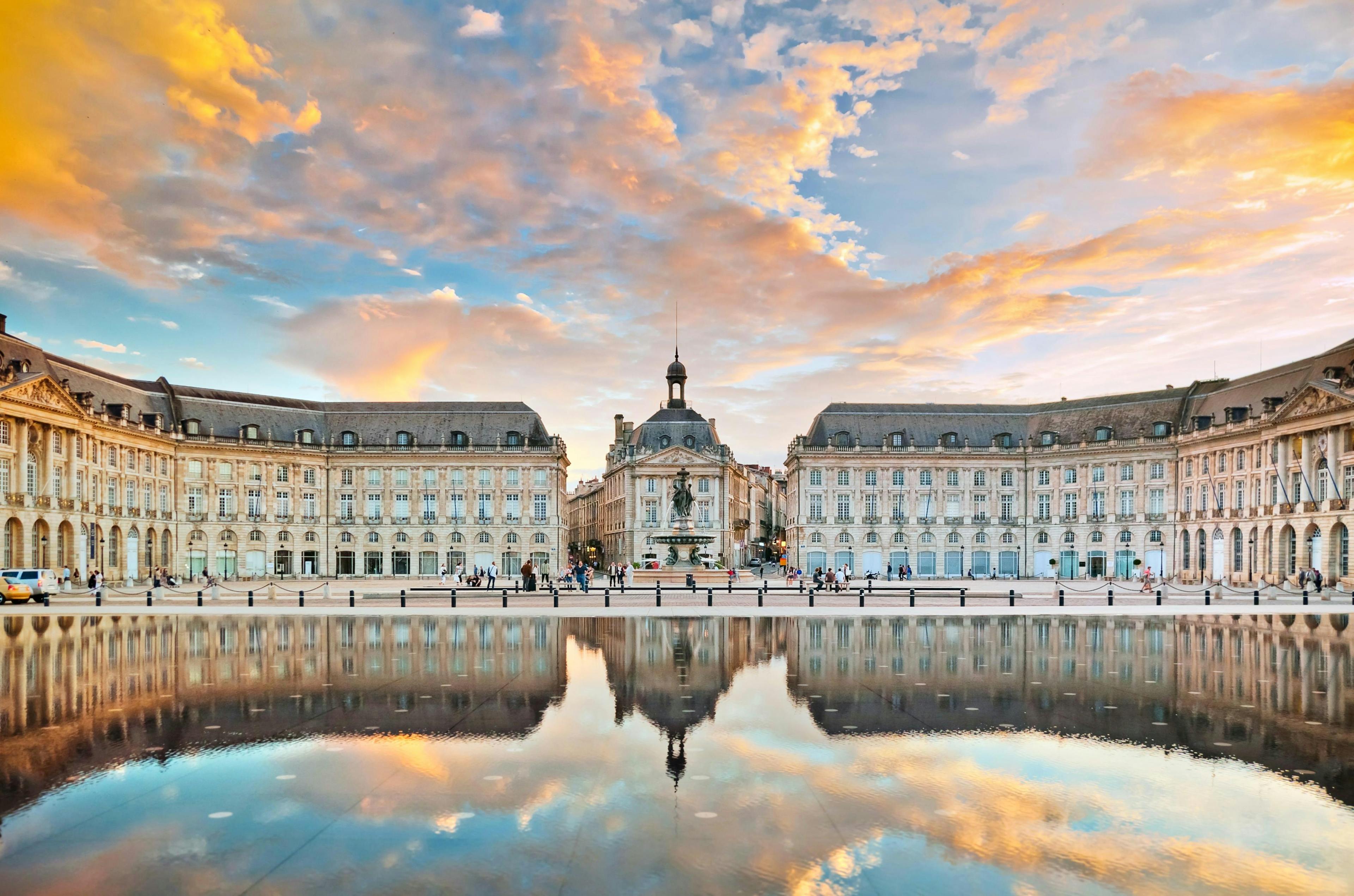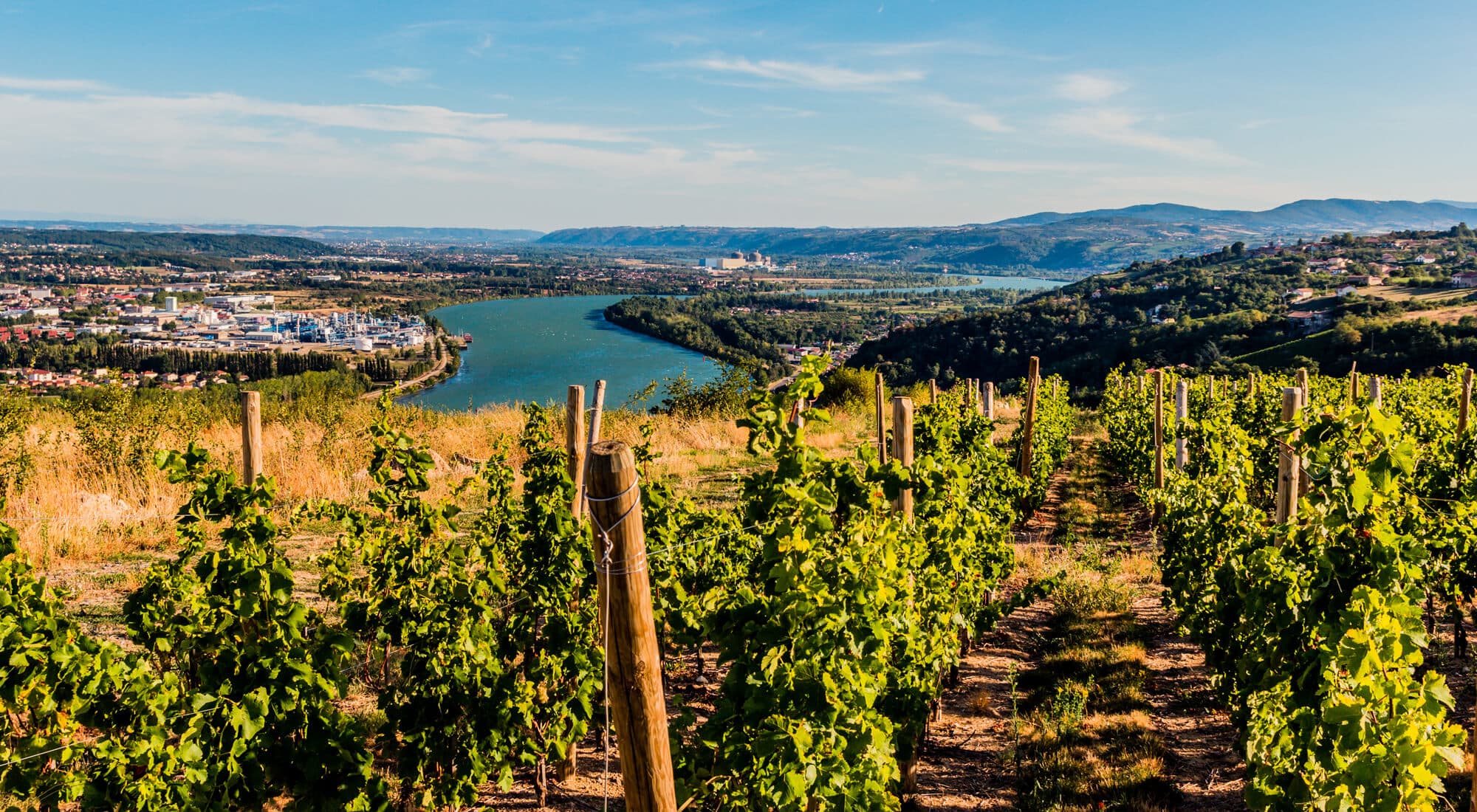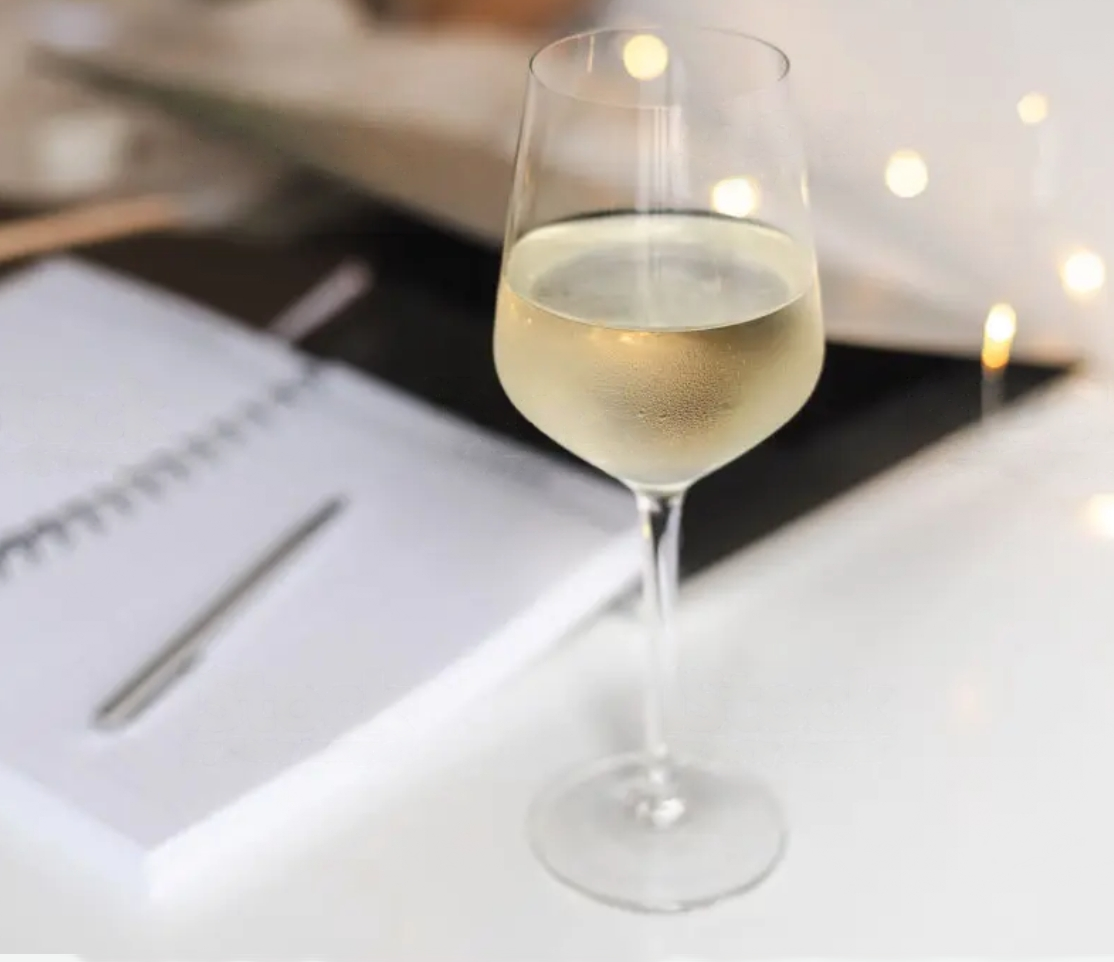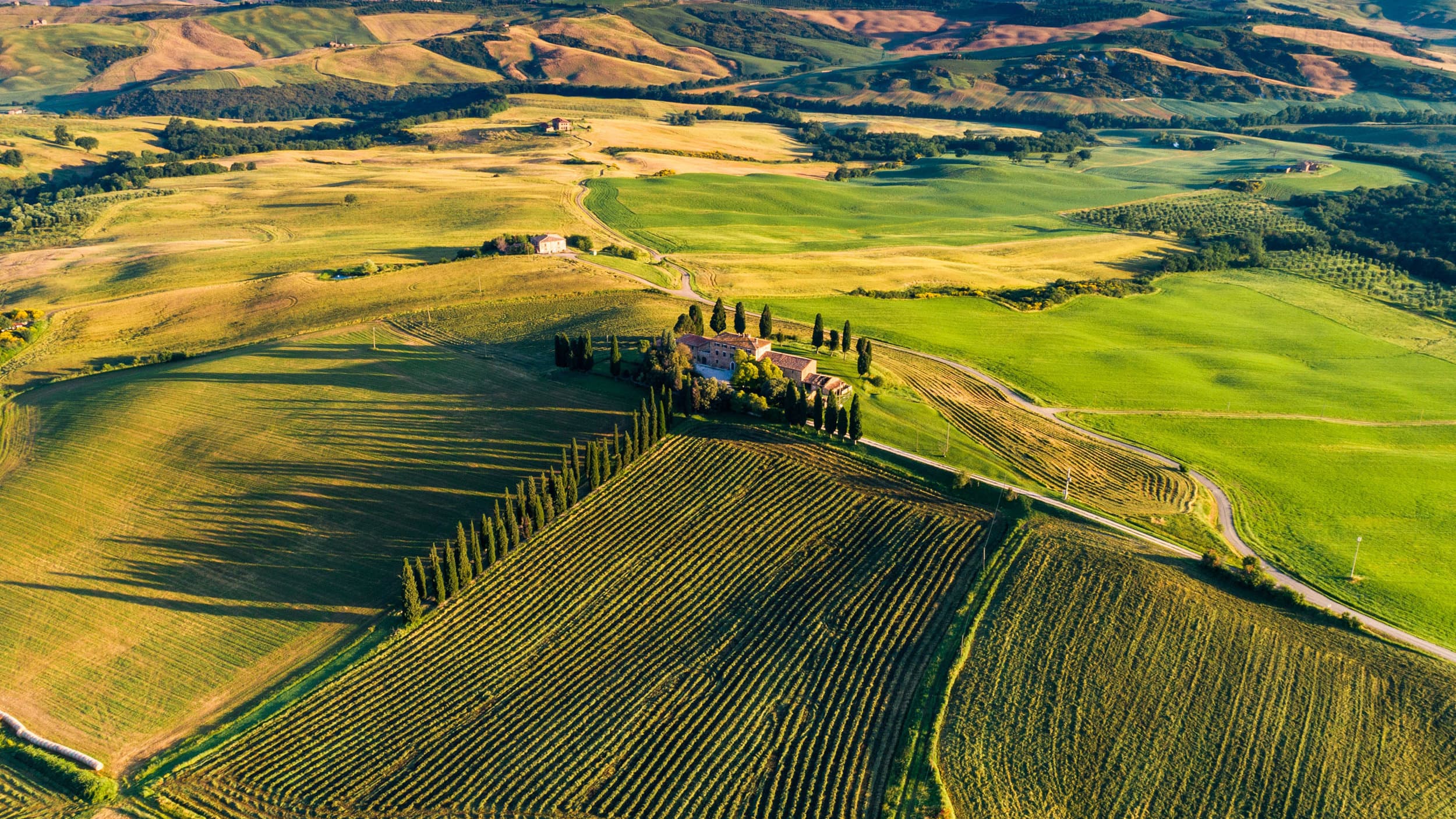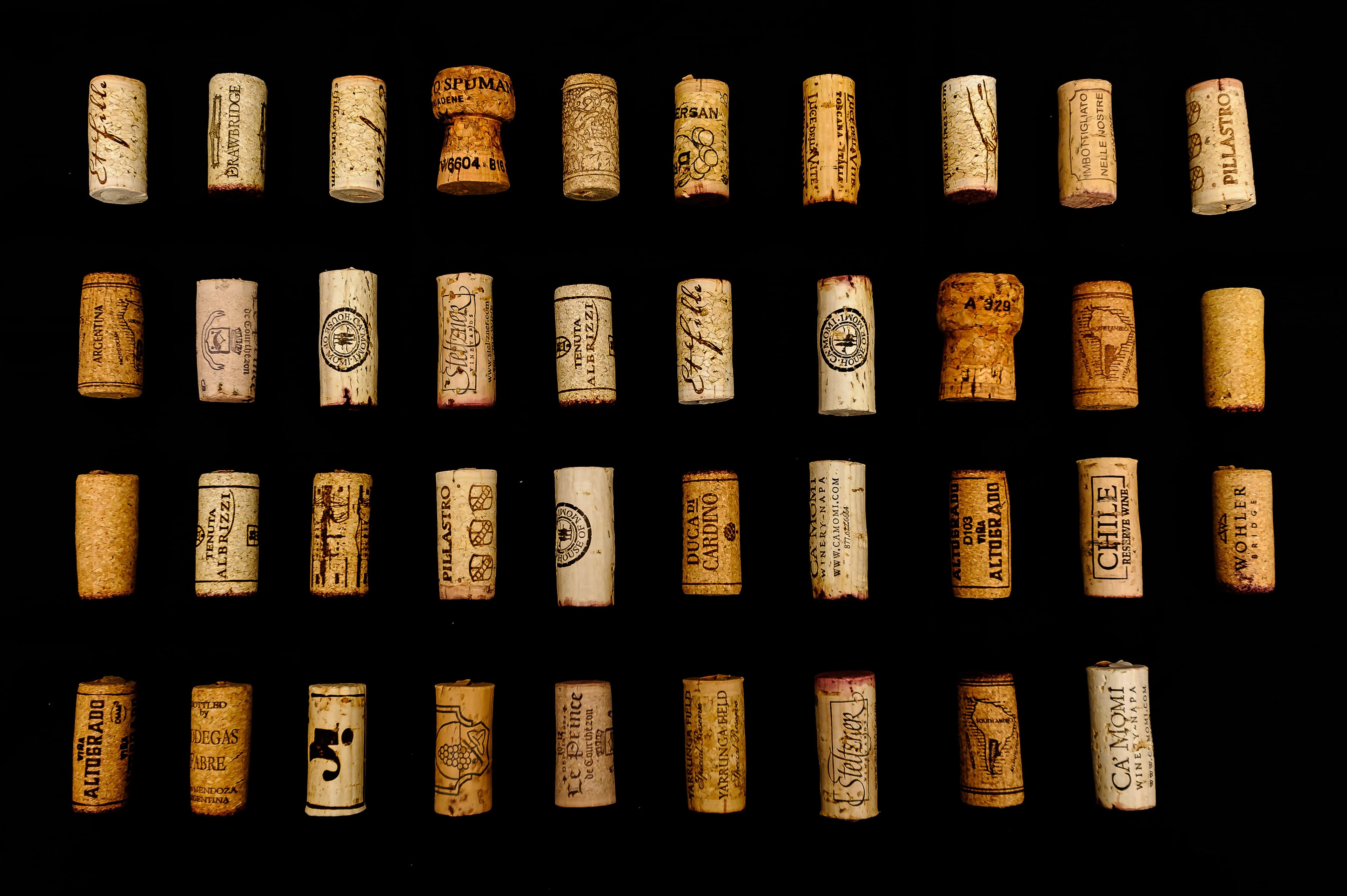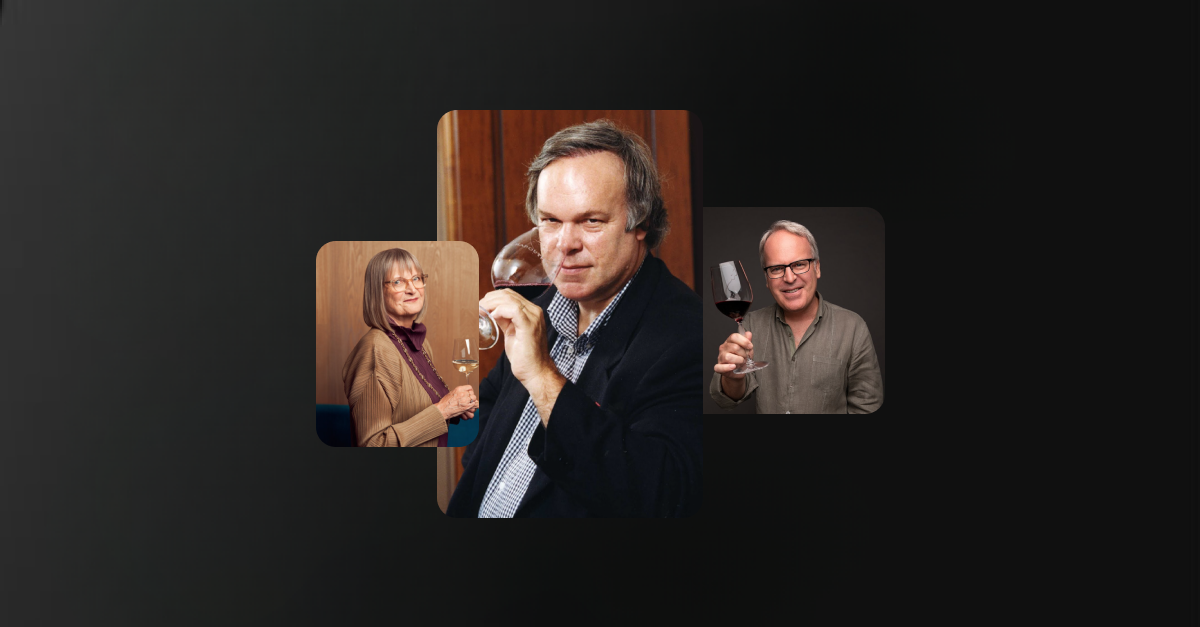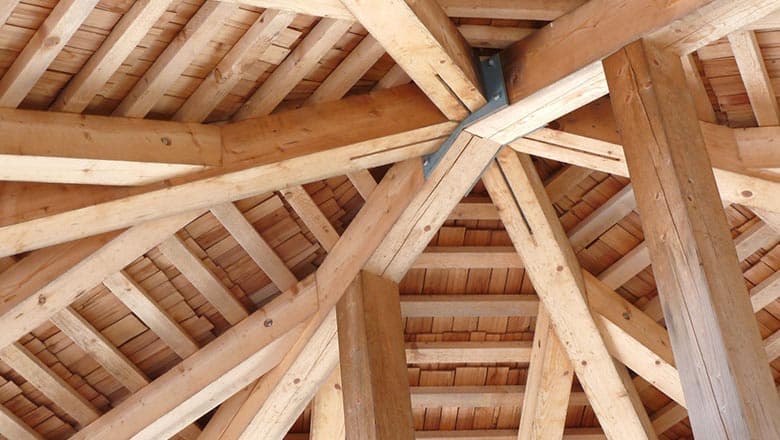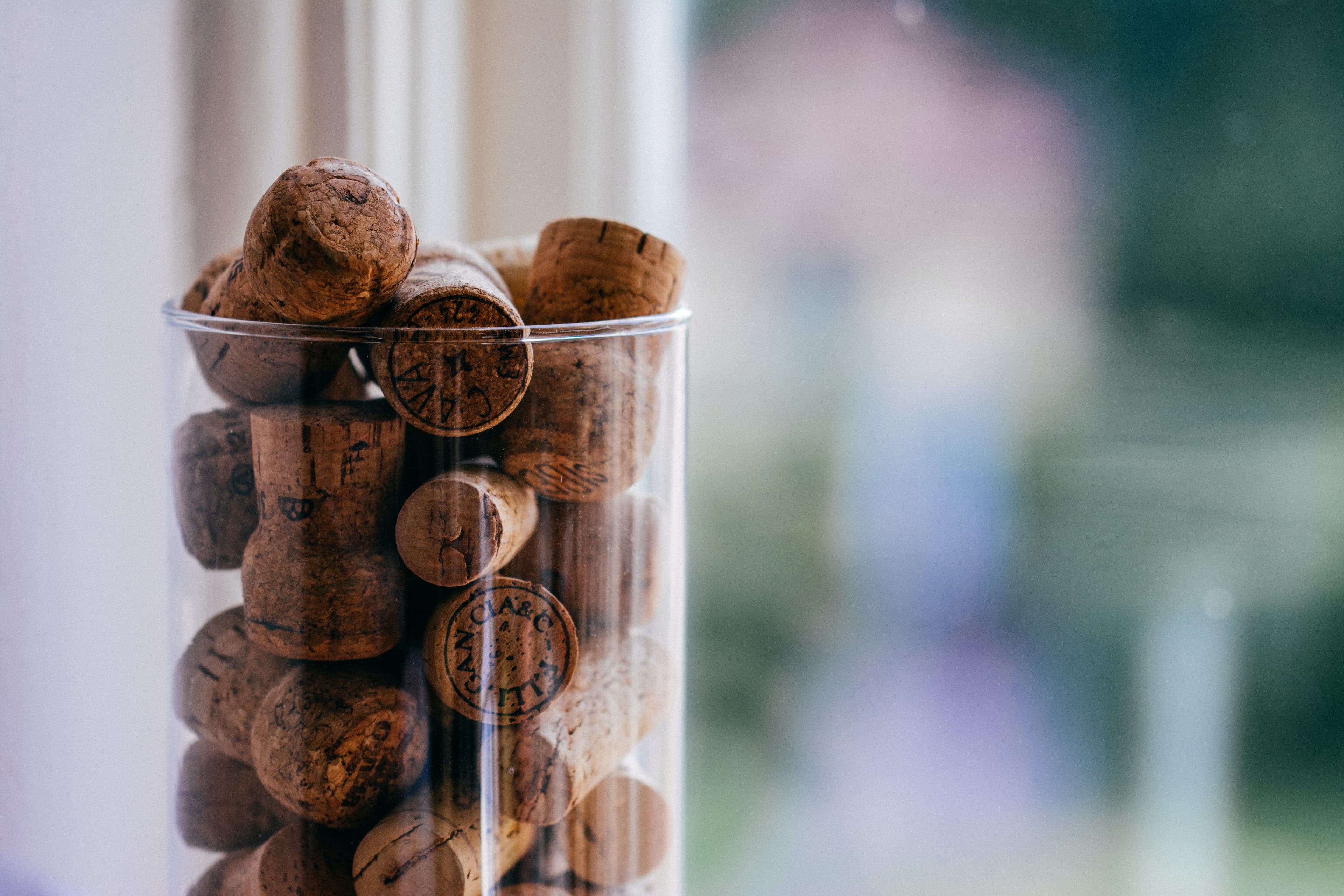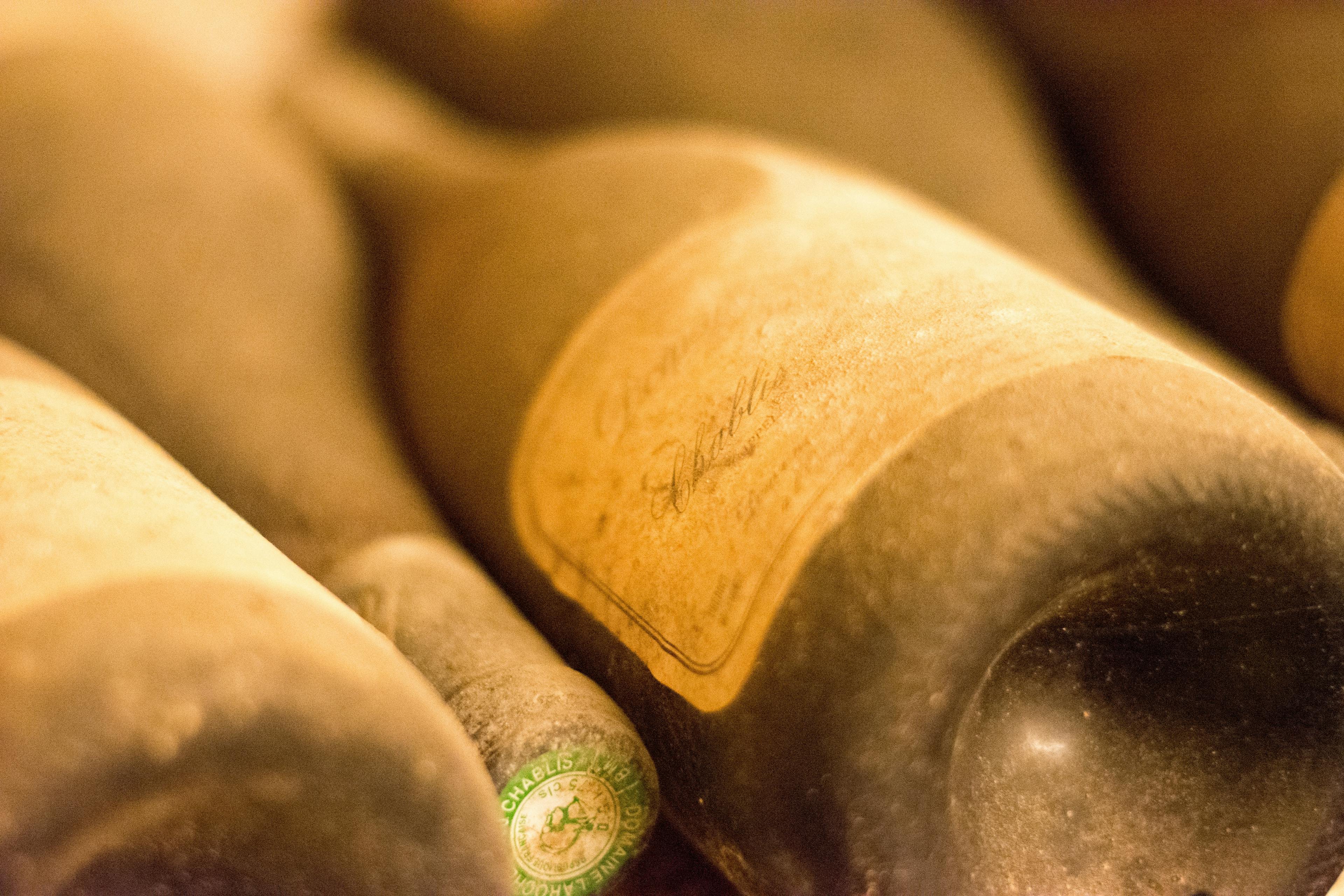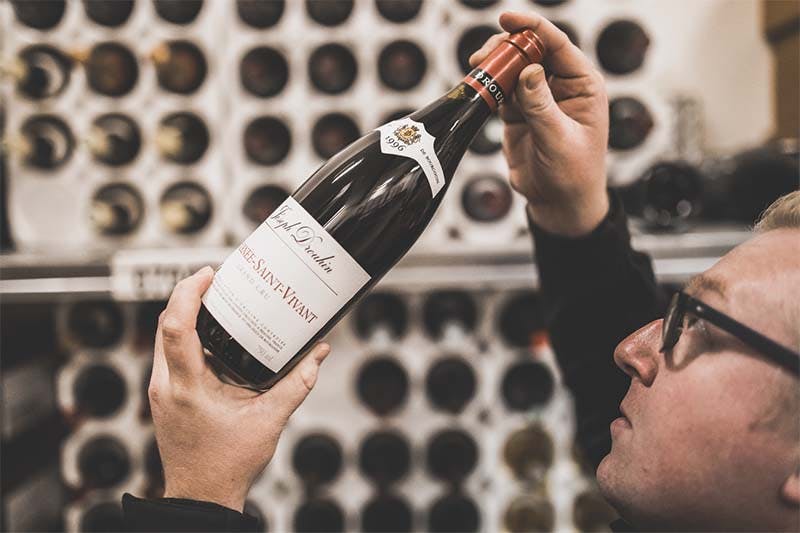What is the History Behind Château Cheval Blanc?
12 min read
Head of Content

Château Cheval Blanc, a name synonymous with luxury and quality in the world of wine, boasts a fascinating history that dates back centuries. Nestled in the prestigious Saint-Émilion region of Bordeaux, France, this iconic estate has been producing some of the world's most coveted wines. The story of Château Cheval Blanc is not just about wine; it's a narrative of tradition, innovation, and passion. From its early beginnings to its rise as a premier Grand Cru Classé, the château's journey is as rich and complex as the wines it produces. In this article, we delve into the historical milestones that have shaped this esteemed vineyard, exploring the legacy and influence it continues to wield in the global wine industry.
The Origins of Château Cheval Blanc
The origins of Château Cheval Blanc trace back to the 19th century, nestled in the prestigious wine region of Saint-Émilion in Bordeaux, France. Initially part of the larger estate, Château Figeac, the property was divided and acquired by the Ducasse family in 1832. They recognized the unique terroir's potential, characterized by a complex geology that significantly influences the quality of the grapes grown here.
By 1852, the estate had been restructured to focus exclusively on producing high-quality wines, a vision that led to the creation of some of the most popular vintages known today. The vineyard's strategic location on the border of the Pomerol appellation also contributes to its distinctiveness, blending Merlot and Cabernet Franc to produce a perfectly balanced wine.
Key milestones in the development of Château Cheval Blanc include its classification as a Premier Grand Cru Classé (A) in 1954, a testament to its excellence and consistent quality. This classification has propelled the château to global fame, attracting wine enthusiasts and collectors worldwide. Each vintage released from this estate is a reflection of its rich history and commitment to quality.
Key Historical Milestones and Their Impact
Château Cheval Blanc, a premier wine estate in Saint-Émilion, France, boasts a rich history marked by several key milestones that have shaped its prestigious reputation. Established in the 1830s, the château quickly became recognized for its unique terroir and innovative approach to winemaking. One significant event was the classification of Cheval Blanc as a Premier Grand Cru Classé A in 1954, a status that highlighted its excellence and positioned it alongside the best in the region.
Another pivotal moment occurred in 1998 when the estate underwent a major renovation under the guidance of Bernard Arnault and Baron Albert Frère, enhancing both its facilities and the quality of its wine. This modernization included the introduction of cutting-edge technology and a recommitment to sustainable viticulture, ensuring the preservation of its heritage while embracing modern practices.
The impact of these milestones is profound, influencing not only the quality of the wine but also its global reputation and market value. For enthusiasts looking to explore the nuances of this fine wine, discovering the ideal food pairings can significantly enhance the tasting experience. Here are a few recommended pairings:
Roasted lamb with herbs complements the wine’s complex structure.
Grilled mushrooms offer an earthy balance to its rich flavors.
Fine cheeses, such as Brie or Camembert, accentuate its velvety texture.
Ownership Changes Through the Centuries
Ownership of Château Cheval Blanc has seen numerous transitions, reflecting broader historical shifts in the wine industry. Initially, the estate was part of a larger property owned by the noble La Mothe family in the 15th century. By the 17th century, it had been divided, with the smaller portion eventually evolving into what is known today as Château Cheval Blanc.
In 1832, the Ducasse family acquired this estate, marking a pivotal era of expansion and recognition. Their stewardship lasted until 1871 when it was purchased by Jean Laussac-Fourcaud, who introduced innovative viticulture techniques that propelled the vineyard to new heights. Under his guidance, the estate gained a reputation for producing exceptional wines, a legacy that continued to flourish through the generations.
The modern era began in 1998 when Bernard Arnault and Baron Albert Frère took ownership, integrating advanced technology and sustainable practices. This period has been characterized by a commitment to maintaining the high standards set by previous owners while adapting to contemporary challenges in wine production.
For detailed insights on how to store Château Cheval Blanc to preserve its quality, consider exploring specific storage techniques and conditions.
The Evolution of Winemaking Techniques at the Château
The evolution of winemaking techniques at Château Cheval Blanc has been marked by significant innovation and refinement. Initially, the estate utilized traditional methods prevalent in the Bordeaux region. However, as technology and understanding of viticulture advanced, so did the techniques employed at the château.
Introduction of Temperature-Controlled Vats: In the mid-20th century, Château Cheval Blanc was among the first in Bordeaux to implement temperature-controlled stainless steel vats. This allowed for more precise fermentation processes, enhancing the flavor profiles of the wines.
Organic Viticulture Practices: Recent decades have seen a shift towards organic and sustainable farming practices. By reducing chemical inputs and focusing on soil health, the vineyard has improved the overall characteristics of their grape production, leading to purer and more expressive wines.
Innovative Blending Techniques: The château is renowned for its unique approach to blending different grape varieties. This has not only set a benchmark for quality but also contributed to the distinct identity of its wines, which are celebrated globally.
These advancements reflect a commitment to excellence and a deep respect for the land, which continues to influence the prestigious reputation of Château Cheval Blanc today.
Château Cheval Blanc During Global Events
Château Cheval Blanc has stood as a beacon of resilience and adaptation through numerous global events. During World War II, the estate continued its wine production despite the challenges posed by occupation and resource scarcity. This period highlighted the vineyard's strategic importance and its commitment to maintaining quality under pressure. In more recent times, the winery faced the 2020 global pandemic, which disrupted traditional wine sales channels and tasting events. Innovatively, the estate shifted towards virtual tours and online marketing, ensuring their vintage's reach and reputation remained strong.
Economic Crises: Throughout economic downturns, such as the Great Depression and the 2008 financial crisis, Château Cheval Blanc demonstrated remarkable financial acumen. By adjusting production levels and engaging directly with consumers, they managed to sustain operations and protect their workforce.
Technological Advances: The adoption of modern viticulture technologies has helped the estate maintain its leading edge. Techniques like precision agriculture were integrated to enhance grape quality and yield, even during technological shifts worldwide.
For more detailed insights, explore facts about Château Cheval Blanc's enduring legacy and how it has navigated through these significant events.
Restoration and Modernization Efforts
Château Cheval Blanc, a prestigious wine estate, has undergone significant restoration and modernization efforts to maintain its status as a top-tier producer of fine wines. These initiatives ensure that the château remains at the forefront of viticulture and enology, blending tradition with innovation.
Infrastructure Overhaul: The estate's facilities received a comprehensive upgrade, including state-of-the-art winemaking equipment and optimized storage conditions. This modernization supports the delicate processes of fermentation and aging, crucial for producing high-quality wines.
Vineyard Revitalization: Attention to vine health has been paramount, with the introduction of sustainable farming practices that emphasize soil preservation and biodiversity. These efforts help safeguard the unique terroir that is essential to the distinctiveness of their wines.
Architectural Enhancements: Renowned architects were enlisted to redesign the winery and visitor areas, creating a space that reflects the heritage of the estate while accommodating contemporary needs. The design elegantly merges aesthetics with functionality, enhancing the overall experience of enjoying Château Cheval Blanc.
Technological Integration: Advanced technology has been integrated into daily operations, from precision agriculture tools to data-driven wine analysis systems. These technologies contribute to more consistent wine quality and allow for meticulous control over every aspect of production.
Historical Figures Associated with Château Cheval Blanc
Château Cheval Blanc, a premier wine estate in Saint-Émilion, France, has been influenced by several notable historical figures. The estate's origins trace back to the 1830s, but it was under the ownership of the Fourcaud-Laussac family that it truly began to flourish. This family, who managed the estate for over a century, were pivotal in enhancing the craftsmanship that Château Cheval Blanc is renowned for today.
Jean Laussac-Fourcaud: He initiated significant changes in the vineyard management and wine production techniques during the mid-19th century, which set the foundation for the estate's modern success.
Albert Fourcaud-Laussac: Continuing his predecessor's innovative approach, Albert introduced new methods of cultivation and vinification that further distinguished the estate's wines.
Pierre Lurton: Appointed in 1991, Lurton played a crucial role in modernizing the winery and elevating its global stature. His efforts ensured that the estate's heritage and quality were preserved amidst technological advancements.
These figures not only contributed to the estate's legacy through their dedication to quality and innovation but also helped establish Château Cheval Blanc as a symbol of excellence in the wine industry.
Archival Records and Their Stories
Archival records from Château Cheval Blanc reveal a fascinating journey of viticulture and winemaking. These documents, some dating back several centuries, provide a unique glimpse into the methods and traditions that have shaped one of the world's most esteemed wines. Through careful examination of these records, historians and wine experts have pieced together the evolution of wine production techniques at this iconic estate.
Early Beginnings: The earliest documents highlight the initial planting of vineyards and the selection of grape varieties that would eventually define the taste of Château Cheval Blanc.
Innovation in Winemaking: Records from the 19th century detail the introduction of innovative techniques, such as temperature-controlled fermentation, which significantly improved the quality and consistency of the wine.
Historic Vintages: Certain archival entries meticulously describe standout vintages that have contributed to the château's legendary status. These include detailed weather reports and harvest conditions, providing insight into what makes a vintage exceptional.
Ownership Changes: The archives also shed light on the various ownership transitions and how each proprietor brought different philosophies and enhancements to the vineyard, influencing both the business and production aspects of the wine.
These records not only document the technical aspects of winemaking but also tell the rich stories of the people behind Château Cheval Blanc, making each bottle a testament to its history.
The Château's Role in Local and Wine History
Château Cheval Blanc, a name synonymous with excellence in the wine industry, has played a pivotal role in shaping both local and global wine history. Nestled in the Saint-Émilion region of Bordeaux, France, this esteemed estate has been a beacon of viticultural innovation and tradition for centuries. Its influence extends beyond the vineyards, impacting the local economy and cultural heritage significantly.
Economic Impact: The château's operations have significantly bolstered the local economy. By providing employment and fostering tourism, it supports numerous small businesses and artisanal producers in the area.
Cultural Significance: As a landmark, Château Cheval Blanc embodies the rich history and tradition of Saint-Émilion. Its presence promotes regional customs and practices, helping to preserve them for future generations.
Innovative Practices: Historically, the estate has been at the forefront of viticultural techniques, from pioneering new grape varieties to adopting sustainable farming methods. These innovations not only enhance the quality of their wines but also serve as a model for others in the industry.
Global Influence: The reputation of Château Cheval Blanc transcends borders, influencing wine production standards worldwide and setting benchmarks for excellence.
Through its multifaceted contributions, Château Cheval Blanc continues to shape the wine landscape, leaving an indelible mark on both local and international levels.
How History Influences Current Practices
The rich history of Château Cheval Blanc has a profound influence on its current viticultural and operational practices. This esteemed winery, with roots stretching back to the 19th century, integrates traditional methods with modern technology, ensuring the production of high-quality wines that reflect both the heritage and the potential of its terroir.
Preservation of Terroir: The estate's historical commitment to showcasing its unique terroir continues to guide its vineyard management practices. Techniques such as hand-picking grapes and minimal intervention in the winemaking process are employed to preserve the natural characteristics of the vineyard.
Adoption of Sustainable Practices: Inspired by historical land stewardship, Château Cheval Blanc emphasizes sustainable agriculture. This includes maintaining organic soil health and using biodynamic farming principles to enhance biodiversity and ecological balance.
Innovation Inspired by Tradition: While respecting historical practices, the château also embraces innovation. For instance, it integrates state-of-the-art technology in its winery operations to refine the precision of fermentation and aging processes, which enhances the quality and consistency of the wine.
These practices, deeply rooted in the château’s history, not only honor its past but also ensure its reputation and excellence continue into the future.
Conclusion
In conclusion, the rich history of Château Cheval Blanc is a testament to the enduring allure and prestige of one of the world's most celebrated wines. From its origins in the 19th century to its status today as a premier Grand Cru Classé, Cheval Blanc has consistently produced wines that are a favorite among connoisseurs and collectors alike. The château's commitment to quality and innovation has not only preserved its legacy but also ensured its position at the forefront of the Bordeaux wine industry.
For enthusiasts looking to invest in or collect wines from Château Cheval Blanc, Rekolt offers an exceptional service that complements the storied heritage of this illustrious estate. Understanding the importance of proper storage and the potential for future trading, Rekolt provides a seamless solution with our professional cellar storage options. This service not only ensures that your investment is preserved in optimal conditions but also enhances the ease with which these fine wines can be traded or resold in the future. Whether you are a seasoned collector or a new enthusiast, Rekolt's offerings bridge the gap between the rich history of wine-making at Château Cheval Blanc and the modern convenience of wine trading and collecting.
Share this article
